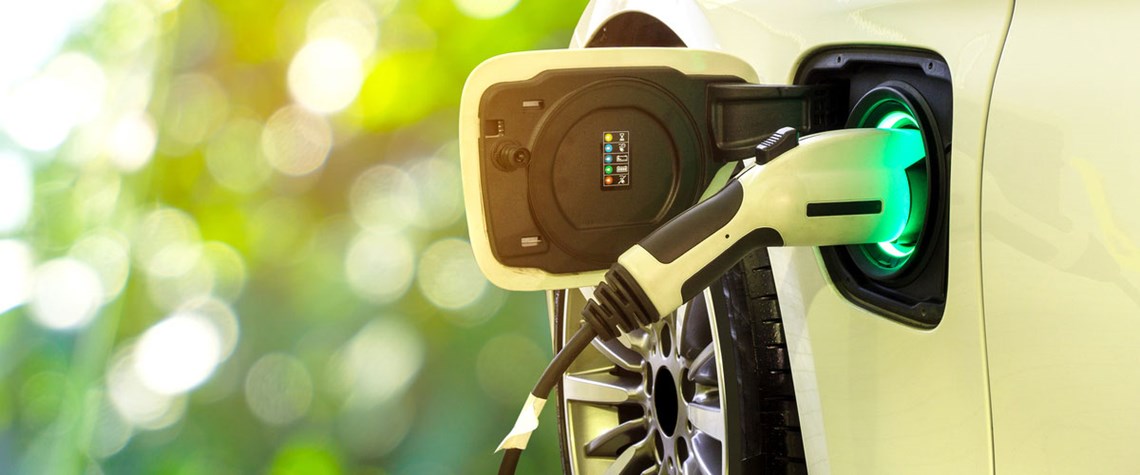Passenger EV sales will increase in the US in coming years but the market share gap between the US and Europe will continue to widen this decade, before narrowing again next decade, according to the Electric Vehicles Outlook 2021, released by BloombergNEF (BNEF).
One large unknown in predicting uptake is the political orientation of the US administration, which could cause sales of new passenger EVs in the US to be significantly larger or smaller than forecast in BNEF’s base case Economic Transition Scenario (ETS).
“The sale of passenger EVs took off in Europe last year, with the EU’s new emission regulations coming into force in January 2020, with market share reaching 11pc, compared to just 2pc in the US,” Corey Cantor, a transport analyst at BNEF, tells Transition Economist.
US and European passenger vehicle markets are very different, with the current state of battery technology better suited for smaller cars popular in Europe than the pickup trucks and SUVs that dominate new vehicle sales in the US.
Recently announced policy proposals by the Biden administration, including $174bn to support the sale of EVs in the US, is not expected to have a significant impact in 2021, according to BNEF. But EV sales should begin to gain traction next year, especially as electric pickup trucks and additional electric-powered SUVs come onto the market. Despite this, BNEF is predicting the market share gap between the US and Europe to increase from nine percentage points in 2020 to a high of 18 points in 2028.
Thereafter, the US is projected to close the gap with Europe, with EVs coming to dominate sales of new light duty passenger vehicles in both markets by 2040.
“The market share of EVs in the US is projected to reach 74pc in 2040, compared to 82pc in Europe,” says BNEF’s Cantor.
BNEF is forecasting that EVs will achieve unsubsidised price parity with internal combustion engine (ICE) vehicles in most segments of the road transport market, and in most countries by the late 2020s, if not sooner. EV sales in the US should also benefit from the large number of households with two or more vehicles, many with access to home charging stations.
US politics
However, a wildcard for any forecast of passenger EV sales in the US is its highly polarised political scene, Devin Lindsay, principal analyst responsible for North American powertrain forecasting at IHS Markit, tells Transition Economist.
Many people in the ruling Democratic Party want to follow in California’s footsteps and ban the sale of gasoline-powered vehicles nationally by 2035 to help put America onto a pathway to achieve net-zero emissions by 2050. By contrast, the Republican Party would prefer to maintain their rollback of the Corporate Average Fuel Economy (CAFE) standards, with minimal regulated fuel economy improvements after it expires in model year 2026.
“I do not see the Biden administration adopting a California-like ban on gasoline vehicles during its first term, but it’s a possibility assuming a second term, when the CAFE standards come to an end,” says IHS Markit’s Lindsay.
In this case, the sale of passenger EVs in the US would follow a trajectory more like BNEF’s second scenario— the Net Zero Scenario (NZS)— although Cantor does not see the US government following in California’s lead.
“There was discussion at the recent G7 meeting of adopting a ban on gasoline-powered vehicles, but they backed off,” says Cantor. “But there are other states that could adopt a ban, like New York and New Jersey.”
Electric vehicles have struggled to break into the light duty passenger market in the US compared to Europe and China.








Comments